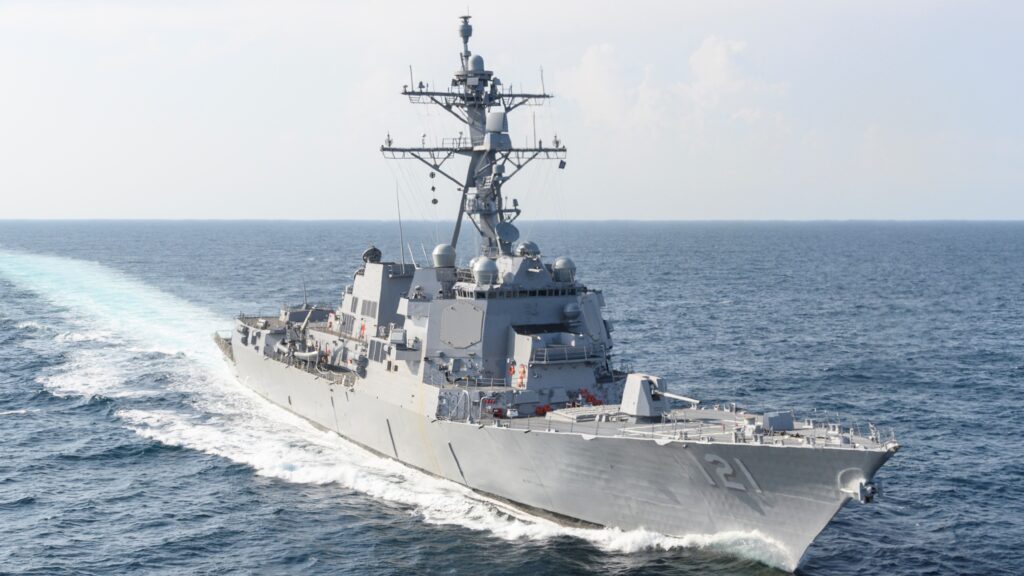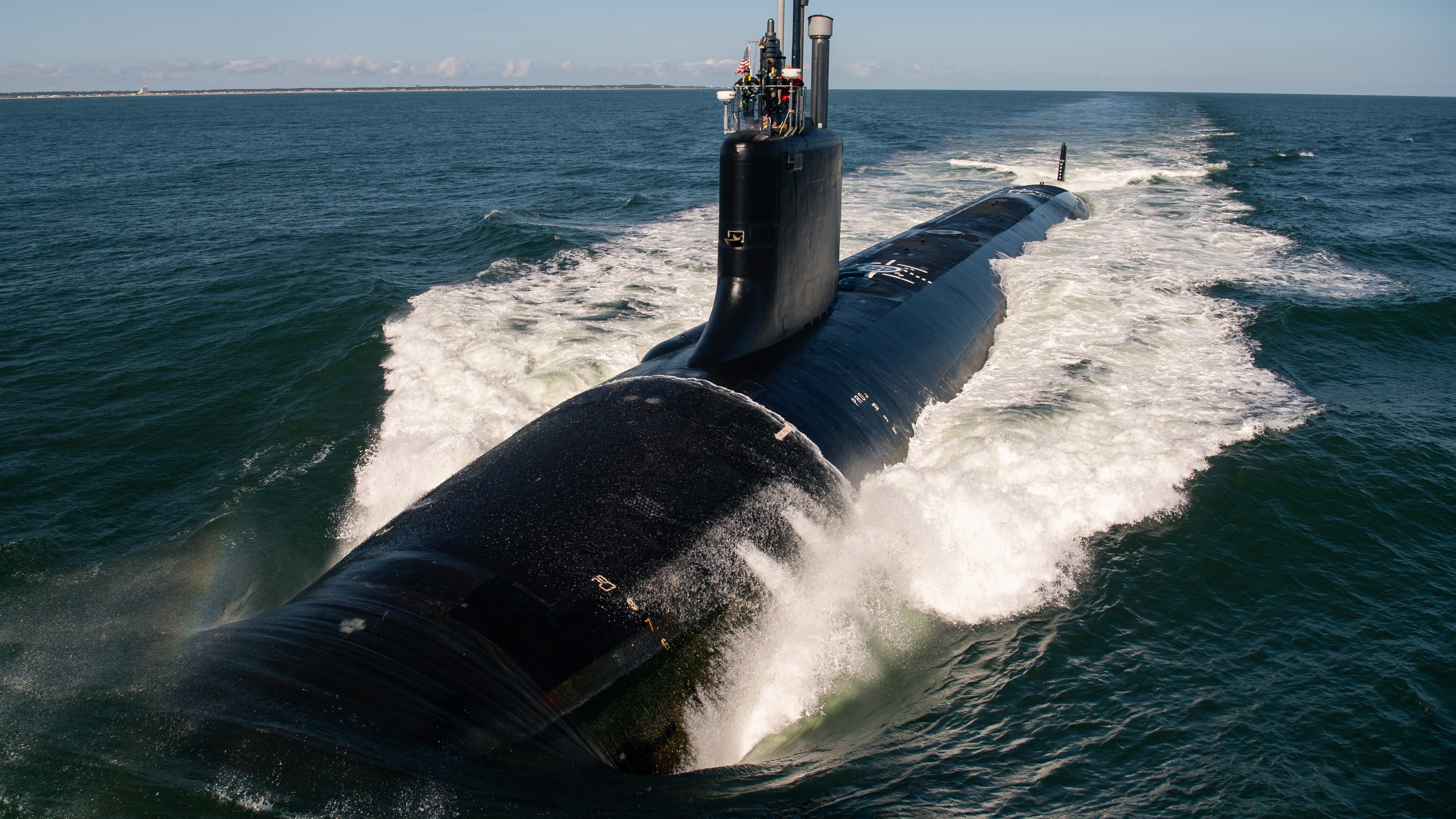Opinion article below posted from author Loren Thompson of the Lexington Institute regarding the importance of block buys and building at regular intervals. The author says, “Block buys are especially important today, in the wake of America’s multi-decade deindustrialization, because many essential production inputs for U.S. warships are now available from only one domestic source. If these single points of failure exit the business for lack of cashflow or profits, construction of new warships will become far more difficult.” Read the article below:
Why Block Buys Of Warships Are Needed To Match China’s Naval Buildup
Forbes, Nov. 27, 2023 | Loren Thompson, Senior Contributor
The U.S. Navy is facing a challenging future. China, its chief rival in the Pacific, is building warships at a faster pace than America is, and the quality of Chinese naval technology is steadily improving.
China already operates more warships than the U.S. does, even though it needs to cover only a fraction of the ocean area that America’s Navy must.
Despite these unfavorable trends, the most likely scenario envisioned by U.S. Navy leaders in their latest shipbuilding plan anticipates no net growth in the fleet during this decade. The Navy currently operates 291 warships, and five years hence in 2028, it would still be operating 291 warships.
Despite all the grand proposals advanced over the years by maritime proponents, the number of ships is the U.S. fleet has not exceeded 300 for 20 straight years. At its peak during the Reagan administration, the Navy operated 600 warships.
Such trends cannot continue for long before China becomes the dominant naval power in the Western Pacific—the heartland of the global industrial economy.
What should Washington do?
It can’t simply raise military outlays to a point where it matches China’s buildup using existing practices. The government already is borrowing over a trillion dollars annually, driving the national debt to a point where interest payments are eclipsing other types of federal spending.
Washington needs to spend its defense dollars more efficiently, and when it comes to shipbuilding a key tool must be block buys of warships.
“Block buy” is the phrase used in military circles to describe the practice of buying multiple warfighting systems in the same series as a package, rather than starting over with each new aircraft or ship.
For example, if the Navy intends to acquire a dozen destroyers during this decade, it commits up front to buying several of them at regularly spaced intervals. It thus signals to industry what its intentions are, rather than requiring shipyards to plan each new warship as if it had no antecedents.
The predictability associated with block buys of warships at regular intervals has several major benefits:
- Shipyards are able to plan for the efficient utilization of capacity over a prolonged period.
- Production inputs can be purchased in economic quantities from suppliers who themselves are able to plan ahead.
- Items such as engines that may take years to deliver to yards can be ordered early, avoiding disruptions in workflow.
- Retention of skilled workers is maximized through a process of continuous, orderly production.
This is not the way the military has always purchased its warfighting systems. It has often engaged in stop-and-start acquisition practices that result in uneven, even unpredictable demand. The resulting inefficiency wastes billions of dollars.
If shipyards and their suppliers don’t know what the future holds, they shy away from investing and lay off workers that aren’t immediately needed. When the next contract is awarded, they have to play catchup, recalling and retraining workers.
That can be a costly, time-consuming process.
The Navy’s decision to allow a block buy of two Ford-class carriers—the Enterprise and Doris Miller—enabled $4 billion in savings by facilitating more efficient use of suppliers, workers and physical plant.
You can read the full article on Forbes.com.





